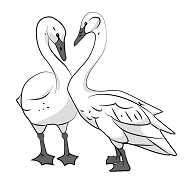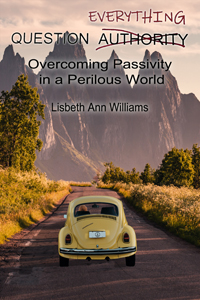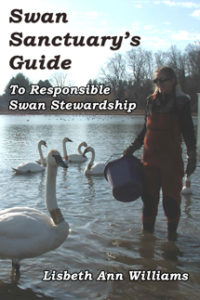It takes very little space to grow a bountiful harvest of food. Planting shade trees is of prime importance, although we need not limit ourselves to only those which will benefit future generations and not our own. There are numerous smaller sized trees that will bear fruit within a few short years. We can follow the example of the British by creating espaliered trees to grow up the side of our house, garage, or shed. We can opt for hedge rows in place of privacy fences. We can consider the possibility of making a green roof on top of a garage, shed, or part of our main residence. As an alternative to a formal hedge, or to the common sprawling evergreen surrounding a home’s foundation, we can intersperse fruit bearing shrubs such as blueberry or cranberry. We can include raspberries, and blackberries as understory plants where they receive only light shade. Grapes can be grown on existing fences and other tall structures such as arbors. Highly nutritious Jerusalem artichokes can be grown as a temporary privacy screen.
In addition to providing food for ourselves, planting a diverse array of plants, known as a polyculture, helps out the wildlife that visit our yards. When we plant both deciduous and evergreen trees, we provide shelter and habitat for many bird and insect species. Ornamentals add beauty to our landscape, but if we strive to plant mostly native plants, we ensure food for native fauna. Pawpaw trees are a small understory tree that bear small, edible banana-like fruits. More importantly, it is the host plant for the Zebra Swallowtail butterfly. Sunflowers will bring numerous birds to your yard and several parsley plants will provide for many species of butterflies. A wide range of flowers and herbs will bring in native bee species, as well as honey bees, that are necessary for pollination. The more diversity that you can create, the less chance there will be for disease or insect infestations to attack your garden. With so many areas suffering record drought conditions, it makes sense to use what little water is available to grow food, in lieu of trying to maintain a ravenously thirsty lawn. Green grass may be pretty to look at, but it offers nothing to us – or to wildlife – in the way of food.
The most important thing you can do in your yard is to maintain a 3” to 5” layer of mulch around your plantings. Mulch can be obtained for free at local landfills that offer free curbside pickup of branches and leaf debris. Home improvement stores generally put their mulch on sale a couple of times throughout the gardening season. I cannot stress enough the importance of mulch. It protects your soil and your plants roots, especially during winter when as the ground freezes and thaws, it can heave plants right out of the ground. It helps to maintain moisture, preventing the topsoil from being blown away in the wind (think of the Dust Bowl during the 1930’s) or being washed away in a heavy rainstorm. It helps to slow down the movement of water, allowing it to percolate slowly into the soil, making nutrients available to the plants. It prevents the cracking and crusting that happens when soil is left bare to the elements. It reduces weeds! It helps to prevent soil borne diseases that happen as a result of water splashing onto the leaves. Large, heavy plants like pumpkins, watermelons, cucumbers and squash are kept off of the soil surface, also lessening the possibility of infestations. Soil that has been mulched will warm up more quickly during the spring thaw, allowing for an earlier planting of annual crops.
If you are considering planting a garden this spring, use this planning time to get creative. What can you do in your existing yard, to make it more wildlife friendly and also provide free food for your family? Many beautiful yards have been implemented by completely eliminating grass or having it only serve as pathways to garden areas. Whatever you decide to do as you are re-thinking your yard, remember to mulch, mulch, mulch!



